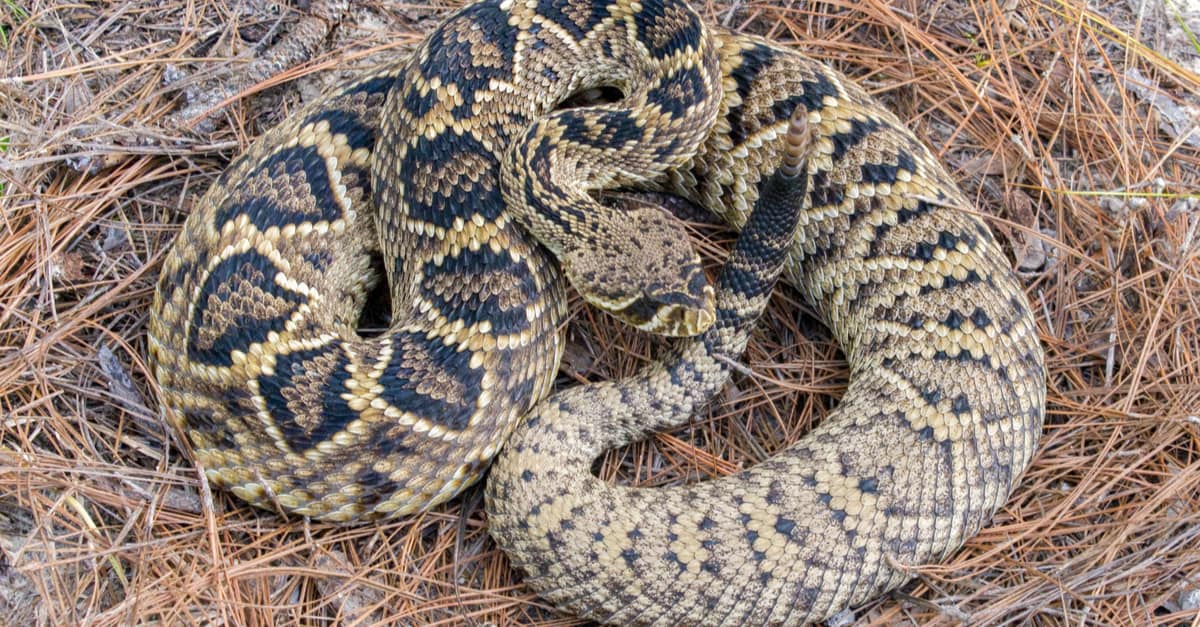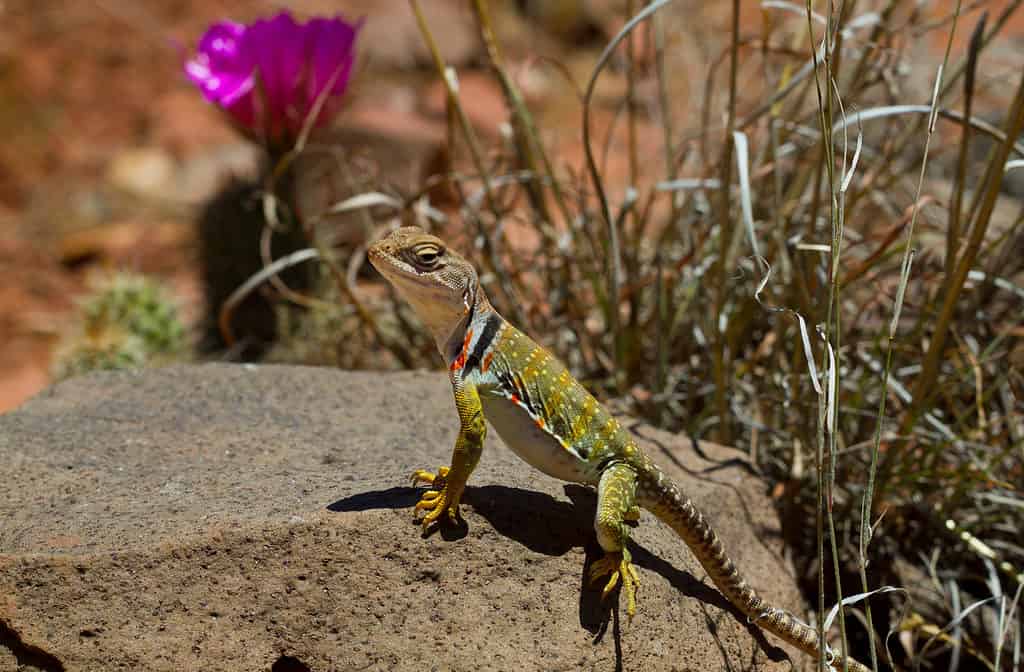Continue reading for our analysis...

Arizona is no stranger to a wide variety of snakes that thrive in that dry, hot environment. There are nonvenomous snakes like Arizona milk snakes that cleverly mimic venomous snakes’ appearances but are not dangerous. Then there are the venomous snakes, which consist of a wide variety of rattlesnakes, including the sidewinder, great basin, tiger, speckled, and twin-spotted, to name a few.
Rattlesnakes are recognized primarily by their sound. You are more likely to hear one before you spot it. They range in size from two to six feet long, and Arizona is home to more rattlesnake species than anywhere else. Although rattlesnake bites can be deadly, they rarely are—so long as they’re treated quickly. Rattlesnakes dwell inside dens known officially as hibernacula. From the surface, it could just look like a small hole, but inside, multiple rattlesnakes may be hibernating together.
Rattlesnake Den in a Scottsdale Backyard
This video opens with a look at how a snake is retrieved from a large ceramic planter in a Scottsdale backyard and transferred over into a bucket where other rattlesnakes have been gathered. The man keeps the snake tongs on the rattlesnake, but it is naturally upset—it wriggles about, avoiding the bucket. You can hear someone in the background say, “He’s a live one!”

Rattlesnakes most often congregate in dens in winter months to keep warm.
©Frode Jacobsen/Shutterstock.com
Finally, he gets it in the bucket, and the video cuts to the man from Rattlesnake Solutions narrating his experience. He shares that he’s caught both gopher and diamondback rattlesnakes in that area. He approaches the den and looks for any visible rattlesnakes. It takes him a moment, but he spots one. He zooms in, and it’s hard to make out at first because it blends in well with the pile of tree trunks and branches that make up the packrat nest.

Arizona is home to a wide variety of rattlesnakes.
©Scott Delony/Shutterstock.com
He then moves forward with what he calls an “ideal release” situation, taking the rattlesnakes one by one and letting them slither into the den—there is only one that was found in a different place and that he has to release on its own. He has recovered two gopher snakes and five diamondback rattlesnakes from yards in Scottsdale.
He finds another den to release the last rattlesnake and gives you a good look at what rattlesnake dens look like so that if you’re ever out and about exploring in Arizona, you know what to avoid.
Is This Normal Behavior?
As you see in the video, rattlesnakes and other snakes take advantage of great spots for building a den, such as a pack rack nest.
It might be surprising, but you can see how the different species of snakes will cohabitate in the den. This isn’t true for all types of snakes, yet it is interesting that they get along and socialize together in the same space. You have to appreciate how they try to relocate the snakes as close as possible to where they were originally found.

Rattlesnakes tend to create dens in dark, cool places like animal burrows, under rocks, in wood piles, and even under porches or houses.
©iStock.com/DaveGartland
How to Find a Rattlesnake Den
We now know that rattlesnakes can create dens in places like an old pack rat nest. But why? Rattlesnakes are drawn to cool, dark places like under rocks, in wood piles, or in vacated animal burrows. Rattlesnakes are ectotherms, so they can’t regulate their body temperatures. When winter comes, snakes can keep each other warm by congregating and forming swarms. Winter is the best season for locating rattlesnake dens.
If you are looking to rid your yard or land of snake dens, you can look in those aforementioned places. Snake skins are a clue that a snake den could be nearby. Dead logs are prime areas for snakes to squeeze in or under, and holes in the ground can be places that attract snakes. Even areas under a porch or the house could be prime locations for rattlesnakes. Places, where prey is abundant, are likely to have more rattlesnakes than places where prey is lacking.
Other Reptiles Found in Arizona

Many lizards have long legs to keep their bodies from touching the hot sand.
©Patricia Bouweraerts/Shutterstock.com
Arizona is home to a wide variety of reptiles, including lizards, snakes, and turtles. Lizards such as the collared lizard, desert spiny lizard, greater earless lizard, western banded gecko, and several others are commonly found in Arizona. Snakes like the black rat snake, coachwhip snake, diamondback rattlesnake, and dozens of other species also inhabit Arizona. Turtles like the Sonoran mud turtle can be found living in ponds or along rivers throughout much of southern Arizona. Additionally, there are some rare creatures that may be spotted, such as the desert night lizard, which is rarely seen due to its secretive nature.
All these animals play an important role within their environment, whether it be through providing a food source for predators, aiding in the dispersal of plant seeds and spores, or simply maintaining population balance. They are vital members of the ecosystem and are essential to keeping Arizona’s habitats healthy and diverse. By promoting conservation efforts, we can help ensure that reptiles found in Arizona remain part of our natural landscape for generations to come.
Discover the "Monster" Snake 5X Bigger than an Anaconda
Every day A-Z Animals sends out some of the most incredible facts in the world from our free newsletter. Want to discover the 10 most beautiful snakes in the world, a "snake island" where you're never more than 3 feet from danger, or a "monster" snake 5X larger than an anaconda? Then sign up right now and you'll start receiving our daily newsletter absolutely free.
Thank you for reading! Have some feedback for us? Contact the AZ Animals editorial team.







